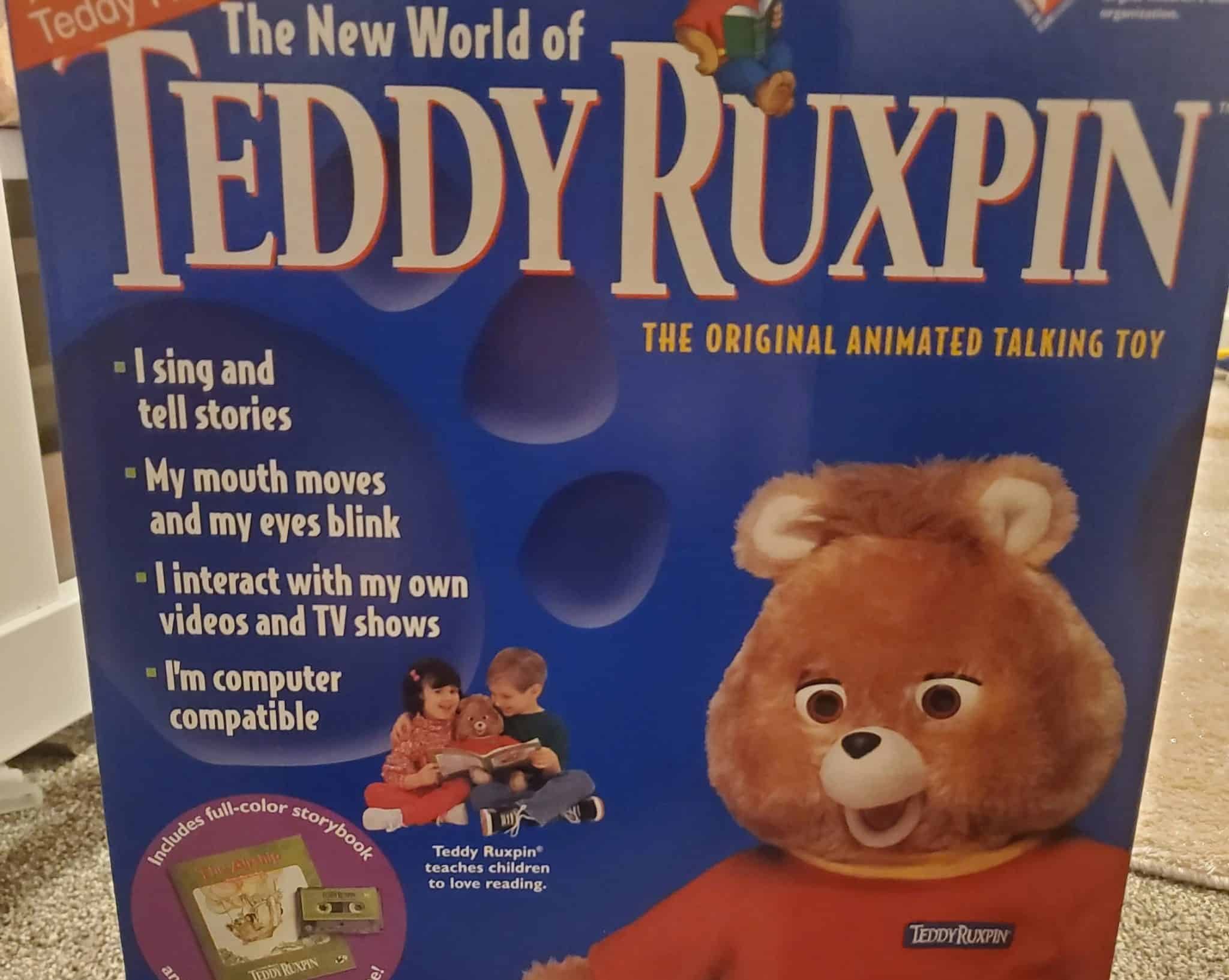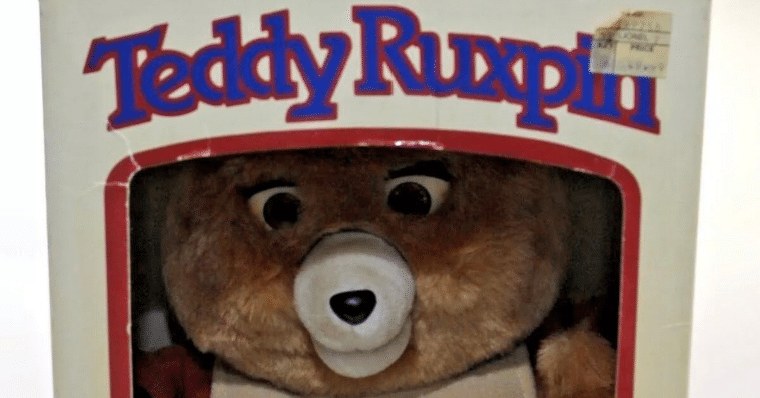Humble garage experiments with puppets, mechanics and programming in the 80s saw the birth of Teddy Ruxpin. This hefty animatronic bear, or ‘Illiop’ in its own universe, was a smash success, becoming the most popular toy of 1985.
This toy was revolutionary in how it combined modern technology with traditional playthings. Today, collectors will pay $250 to $500 for a pristine original Teddy Ruxpin. But despite their astonishing popularity, they vanished within a few years due to an ill-fated business partnership.

Ken Forsse, the American inventor of Teddy Ruxpin, was born in Bellwood, Nebraska in 1936. By his own admission, he was “not very good in school”.
“But, from a very young age, I loved to draw, paint and build things,” he has recalled. “I later learned to sculpt and cast figures, props and art objects in fiberglass, latex and other materials. I also liked to dream up characters and the stories about them.”
He attended Burbank High School, where he studied alongside Ron Cobb, a concept artist who later worked on Star Wars and Back to the Future. After graduating from high school, Cobb and Forsse joined the team for a hand puppet TV show pilot called The Adventures of Sir Gadzooks, which never saw a series – but it set both men on track for a career in entertainment.

Forsse began to dream of making his own puppet show – an ambition cut short when he was drafted into the US Army in his early 20s. Discharged in 1962, he continued to plan his own TV project, and the character of Teddy Ruxpin was born in his writings and doodles.
“Teddy Ruxpin was really conceived as a concept for a puppet show,” he would later explain. “It was my intention to create mechanical effects that would make the characters look like complete figures, instead of partial figures behind scenic elements.”
Tweeg, the eventual villain of the Teddy Ruxpin world, was at first the main character. Forsse and his friend Bob Anselmo experimented with the mechanical elements at home, trying to create lifelike movements. “One time we almost started a fire in my kitchen making Tweeg’s head out of hot-melt vinyl,” Forsse has remembered.

In the meantime, he worked for Disney, as well as the puppet-based TV production company Sid & Marty Krofft Pictures. But in the 80s, Forsse broke away to form his own company, named Alchemy II. He worked in his garage with four colleagues, and their first contract was to make animatronic costumes for the 1983 show Welcome to Pooh Corner.
On the back of this success, the company then made a soft bear toy containing a cassette player, programmed with a moving mouth and eyes that would match the audio. Modified cassette tapes contained one track for audio, and another for movement data.
With television still in mind, Forsse had his new Teddy Ruxpin prototype tell stories and sing songs. His company Alchemy II then decided to team up with toy manufacturer Worlds of Wonder, to sell Teddy Ruxpin commercially in 1985.

The toy was astonishingly successful. It made $93 million in its first year, smashing records and reaching a global audience – the toy soon had 60 tapes in 13 different languages.
Branded merchandise was everywhere, from wallpaper to sports equipment. Teddy Ruxpin even became the “Official Spokesbear” for the National Center for Missing and Exploited Children.
The toy originally cost a whopping $70, which is about $200 in today’s money. Today, original Teddy Ruxpin bears are listed on eBay for as much as $1,000. Completed sales, however, are more often in the range of $500-$250.

Thanks to the toy’s success, Forsse’s company was able to make their long-for TV show. But when the one-hour pilot “proved to be too expensive to be sustained”, they opted instead for a cartoon show, which aired in 1986.
This show would only last four months. Worlds of Wonder suffered financial problems that year, and went bankrupt in 1988. A Teddy Ruxpin movie project was abandoned, and the Teddy empire began to crumble. Alchemy II was forced to cut down on staff, after employing 200 people in its heyday.
“It was most disappointing to have to reduce the staff at Alchemy II after we had gathered such an amazing group of people,” Forsse later commented. “Alchemy could dream up and produce virtually anything for the toy and entertainment industries. Worlds Of Wonder never really appreciated the gift they had been given.”

“It’s obvious, even now that Teddy Ruxpin had become a good friend to children and would have sustained for a long time if handled more wisely,” he added.
After Worlds of Wonder collapsed, the Teddy Ruxpin line was sold to Hasbro in 1991. The resulting Playskool Teddy Ruxpins were smaller, and they are less valuable in today’s market, fetching around $25-$50 on eBay. In 1998 a third Teddy Ruxpin was launched by Yes! Entertainment, which had interactivity with tie-in video cassettes.
More recently, a 2005 model Teddy Ruxpin was released by BackPack Toys, which made use of digital ROM cartridges, followed by a 2017 model from Wicked Cool Toys which plays downloaded audio tracks in conjunction with an app.

